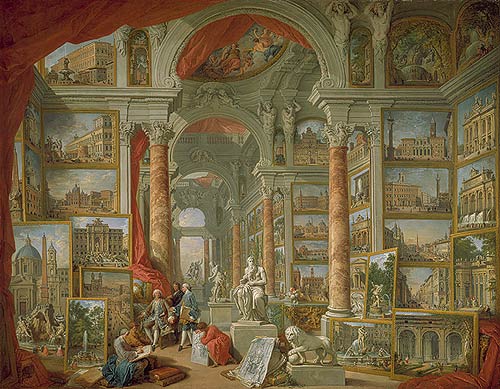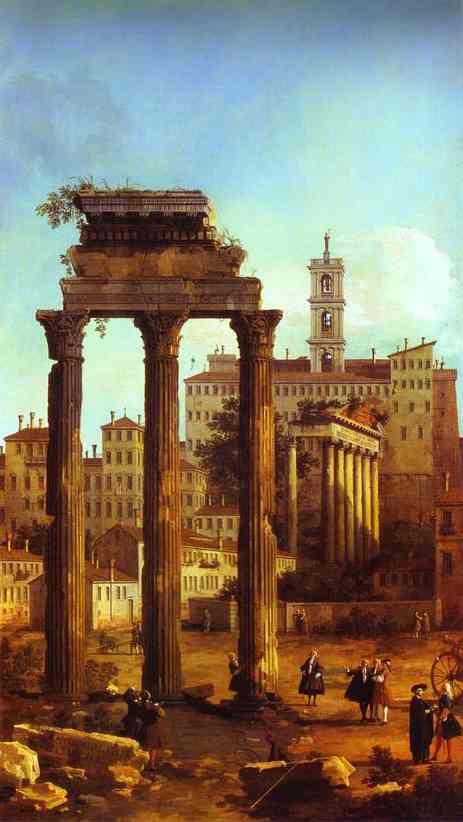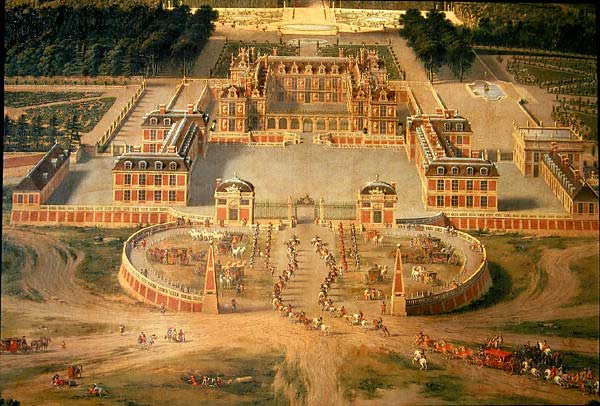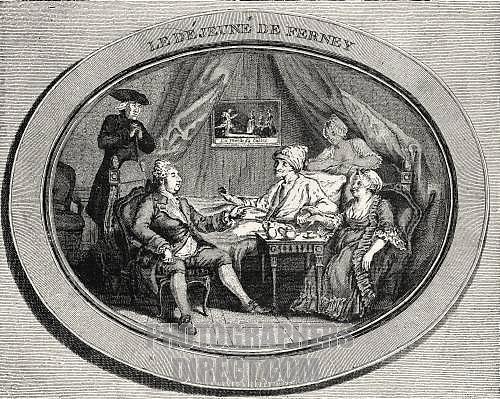During its heyday, the Grand Tour; whereby aristocrats sent their sons to France and Italy to study in the eighteenth century; influenced social life to a remarkable degree. It also created the basic structure of foreign travel which later generations were to adopt and extend. Some of the diaries and journals, which all travelers tended to keep, got into print. As the eighteenth century progressed, descriptive literature gave way to practical guides such as Thomas Taylor’s, ”The Gentleman’s Pocket Companion for Traveling Into Foreign Parts. It quickly became every travelers bible and spawned a vast brood of guides that have never ceased to pour from publishing houses.

''Among Panini's most brilliant inventions are this picture and its pendant, Ancient Rome (52.63.1). They contrive to show the most famous monuments of the city as paintings arranged in a sumptuous gallery. Both works were painted for the great French collector, the dount de Stainville, later duke de Choiseul, who was ambassador to Rome between 1753 and 1757. The artist has depicted himself seated in an armchair. Among the most famous works are Michelangelo's Moses, Bernini's statues of Constantine, David, and Apollo and "Daphne,''
However, the desire to make money out of the Grand Tour was not limited to writers. Fencing masters, dancing masters and riding masters did so excellent a trade in Paris that their professions became overcrowded. The less successful drifted to the outposts and culturally garrison cities such as budapest, Moscow, Edinburgh and Stockholm to take the education in manners to the petite bourgeoisie who could not afford either the time or money to leave their native heath, but wanted their sons and daughters to ape the airs of the aristocracy.
Language masters often pioneered the way, for it became a mark of gentility in all countries to be able to interlard conversation with a few phrases in Italian or French. Although moralists might denounce the corruption of native manners that French and Italian airs always produced, there can be little doubt that the rage for southern European culture softened the barbarity and increased the civility of countries in the west, north, and east of Europe.

Canaletto. The climax of the Tour came in Rome, where the traveler reflected on past glories in the Forum and sought out present day diversions in the salons.
Yet when carried to excess, as it was in some German courts and amongst the aristocracy of Russia, it possessed dangers. The noblemen of Russia spoke French, dressed in French clothes, sat on French furniture, mostly employed French servants, and became alien to their own people and their problems. The cleavage between classes in Russia became immeasurably widened. In Germany, the nationalistically minded bourgeoisie turned under the influence of tribalism, from emulation, to envy and hate, and cultivated Teutonic customs that were crude, absurd, and cloudy with strange conceptions of romance. This was a sort of process against the aristocratic attitude of international culture derived from Greece and Rome and kept alive in France and Italy, of which the Grand Tour was the symbol.
Perhaps these disruptive effects were natural responses to the greatest achievement of the Grand Tour; a homogeneity of attitude to the European aristocracy, a homogeneity never achieved since by any class on such an international scale. It made for ease not only in the transmission of taste but also of ideas. Voltaire, Rousseau, Diderot, Gibbon and Hume were read about as quickly in St. Petersburg or Naples as in their native lands. Yet, the greatest influence of the Grand Tour was in art and taste. Thus began the huge trade in art . The agents, or ”cicerones” as they were called, kept a close contact with Italian painters and art dealers, collecting a double commission from the patron and the patronized. The standards of professional honesty were low and the skill in copying the old masters high, and many a Raphael was born to blush when seen in the cold, critical, northern light.
A few moments spent with Voltaire at Ferney, near Geneva, was the goal of all those who considered him the greatest mind in Europe. He received visitors so freely that during the Seven Years’ War he was embarrassed when rival Russians, Englishmen, and Germans confronted each other in his rooms. He wore a blue and gold satin robe and nightcap even while counseling kings and statesmen from his bed:
For the young Englishman who hoped to perfect his manners as well as to improve his mind, it was obligatory to make a side trip to the court of Versailles. There, seven kilometers outside of Paris, he found the most sumptuous palace in the world, created by Louis XIV out of his father’s hunting lodge, and maintained by his successors in profligate splendor until the Revolution. In 1668, when Pierre Patel painted this view, one could still identify the original lodge as the square center portion. In the next century, Englishmen on the Grand Tour tended to view all this pomp as a vulgar extravagance:
36_91915~_pierre-patel_view-of-the-chateau,-gardens-and-park-of-versailles-from-the-avenue-de-paris,-detail-of-the-chateau,-1668--(detail-of-81242).jpg">
Pierre Patel. Versailles. 1668. detail









 COMMENTS
COMMENTS



